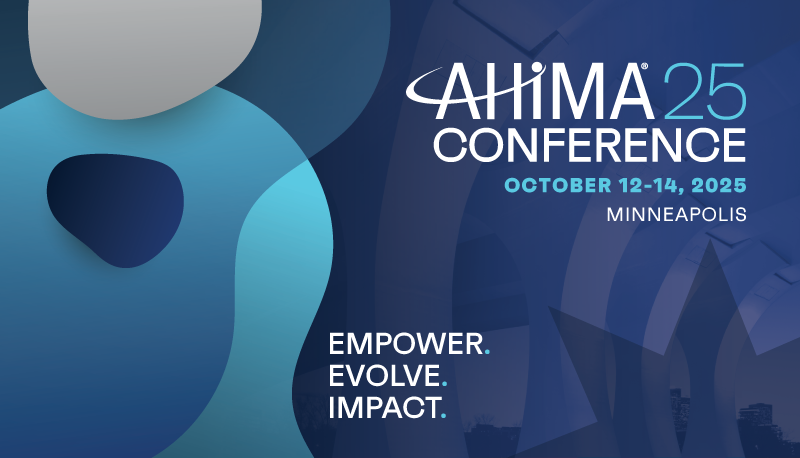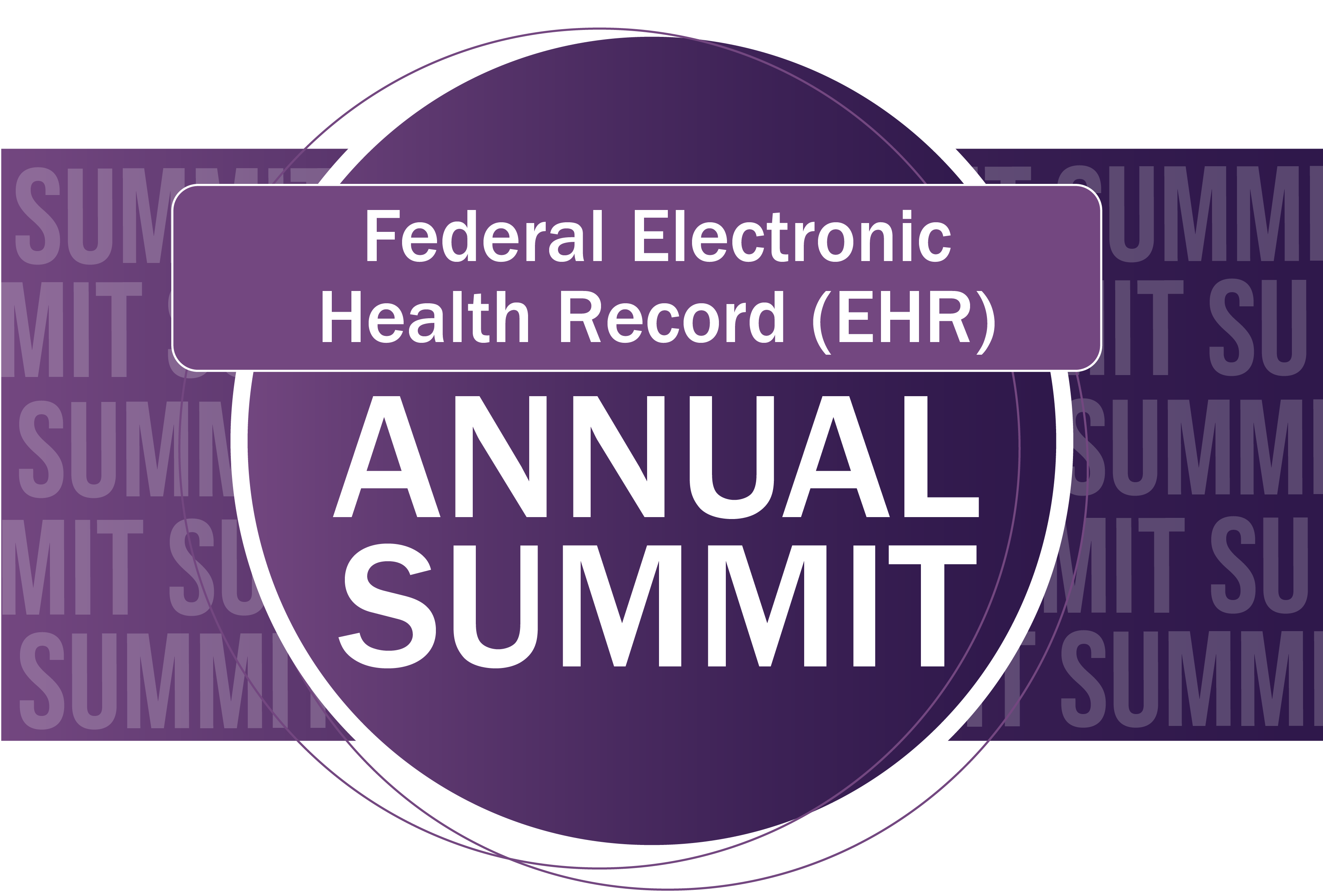Over the past decade, healthcare has emerged as one of the fastest-growing sectors of the economy. With rising concerns over pandemics like the coronavirus, the industry is poised for further expansion. To keep pace with the increasing demand for healthcare services and solutions, organizations around the world are leveraging advanced technologies such as AI, machine learning, and big data.
AI, in particular, is set to play a transformative role in healthcare. Acumen Research and Consulting projects the global AI healthcare market will reach $8 billion by 2026. Notably, AI and big data share significant synergies, using powerful data processing to tackle complex business and real-world challenges. Together, they offer a wide range of benefits for both individuals and organizations, including:
- Enabling patient self-service through intelligent chatbots
- Accelerating diagnoses with computer-assisted tools
- Using image analysis to explore molecular structures in drug discovery and support radiologists in patient diagnosis
- Personalizing treatments by leveraging deeper clinical insights
How AI Can Predict Heart Attacks
Plaque is formed from substances like cholesterol and fat that circulate in the bloodstream. Over time, this buildup causes arteries to narrow and harden. Much like a sink drain gets clogged by food particles and debris, arteries can become blocked by plaque, limiting blood flow and increasing the risk of heart attack or stroke.
A test known as coronary computed tomography angiography (CTA) captures 3D images of the heart and arteries, making plaque visible. However, measuring plaque levels from these images typically takes an expert 25–30 minutes. To speed up this process, researchers at Cedars Sinai developed an AI algorithm that can complete the task in just seconds.
By training the AI on 900 coronary CTA images previously reviewed by specialists, the computer learned to detect and quantify plaque on its own. The algorithm’s measurements also successfully predicted the likelihood of heart attacks within five years among 1,611 participants in a related study.






























